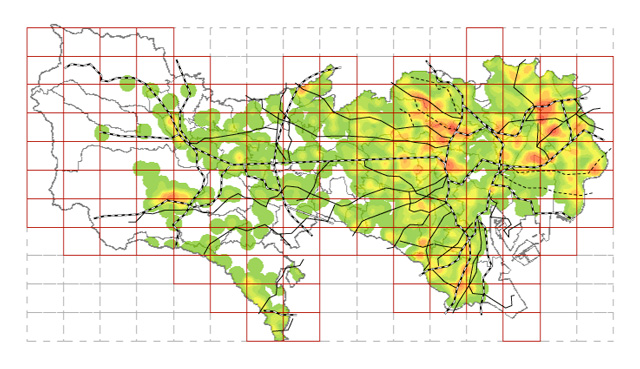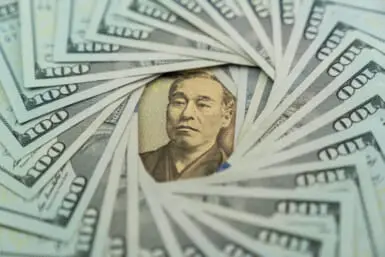Tokyo is the largest city in the world, but unlike most capitals, you still stand a good chance of getting your wallet back, cash and all, if you forget it on the Yamanote line. But is everyone really honest and is every dark alley safe to wander down in this ‘crime-free’ wonderland? Weekender finds out.
Every year, the Metropolitan Police Department publishes an online map displaying the geographical concentration of various crimes: purse snatchings, break-ins of offices or homes, car thefts and violent crimes.
Areas with relatively low crime rates appear in green; medium levels are yellow and Tokyo’s dodgiest districts show up on the map in red.
Looking at the statistics for central Tokyo, purse snatchings occur most often in Shinjuku, Ikebukuro, Ayase in Adachi ward and Tateishi in Katsushika ward.
Breaking-and-entering of residences happens most frequently around the Kabukicho and Okubo neighbourhoods in Shinjuku, and in the Takamatsu neighbourhood northwest of Ikebukuro station.
They’re also relatively more frequent in the Jyujo neighbourhood southwest of Akabane station and in Shin-Koiwa in Katsushika ward.
Break-and-entering of office buildings or shops occurs across a wide area in Tokyo, all the way from Ueno to Tamachi on the Yamanote line and from Ryogoku to Ichigaya on the Chuo/Sogo line. Roppongi, Akasaka, Minami Aoyama, Shinjuku, Ikebukuro and the Nishi-Oku neighbourhood in Adachi ward also sees a relatively high concentration of office or shop invasions.
Your car is comparatively safe inside the Yamanote line. Car thefts are concentrated in the areas of Taito and Sumida wards east of the Yamanote line, in Toshima ward north west of Ikebukuro and around Omori and Urata in Ota ward. Tachikawa Station and the Kameari neighbourhood in Katsushika ward also see a high concentration of car thefts.
Violent crime is almost exclusively concentrated around train stations. The Yamanote line and Chuo lines are well-represented, as are expat-favourite neighbourhoods Roppongi and Akasaka.
There’s comparatively little violent crime inside the Yamanote Line, though.
The Metropolitan Police Department’s crime map doesn’t display crimes it classifies as ‘intellectual’: embezzlement, fraud, counterfeiting, bribery, forgery, etc.
Still, if you’re thinking of moving to a new apartment or taking a late-night stroll down a dark alley in Shinjuku or Ikebukuro with a cash-stuffed handbag, take a quick look at it.
Despite the hot spots listed in the map, crime rates are still very low in Japan.
According to the latest crime statistics, police were aware of 8581 ‘felonious offenses’ (homicide, robbery, arson, rape) in Japan in 2008.
Given these numbers, you’re just slightly more likely to be the victim of one of these crimes in Japan than you are to be struck by lightning.
Rest easy, Tokyoites. Stay safe out there.
Check out Tokyo’s crime maps for your area here: www.keishicho.metro.tokyo.jp
Text by Annamarie Sasagawa









